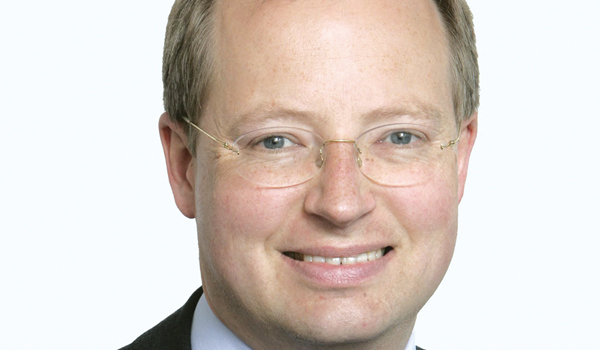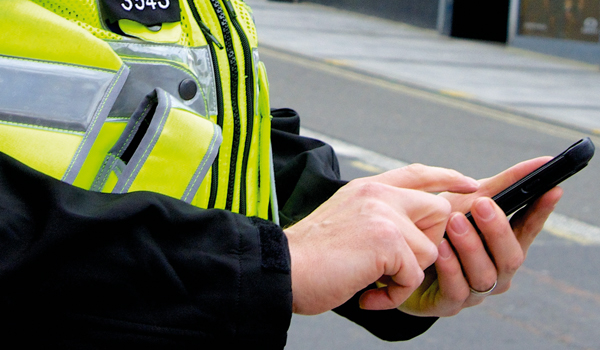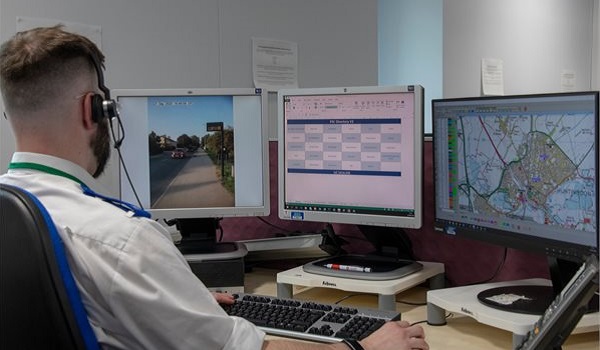Greater use of 3D technology would cut court costs
Scotlands criminal justice system could save up to £7,000 a day of court time if it made greater use of 3D digital technology to reduce the time it takes to explain complex crime scenes to juries. Now police and fiscals are being urged to make more use of forensic digital technology in 2011 to significantly reduce the costs of a criminal trial.

Scotlands criminal justice system could save up to £7,000 a day of court time if it made greater use of 3D digital technology to reduce the time it takes to explain complex crime scenes to juries. Now police and fiscals are being urged to make more use of forensic digital technology in 2011 to significantly reduce the costs of a criminal trial.
New figures reveal that the CGI (computer-generated imagery) technology launched by the Scottish Police Services Authority (SPSA) last year to help recreate complex and serious crime scenes for juries, reduces the need for lengthy description and testimony in court.
Established at a cost of £100,000, the SPSAs dedicated national forensic multimedia unit the first of its kind in Scotland revolutionises the way data and evidence relating to a crime can be used to support a police investigation or improve its presentation in court.
Forensic animation and 3D reconstruction can be used to aid a jury in visualising hard-to-explain situations. It paints a picture based on the forensic evidence collected and can then be used to illustrate how a murder was committed, the movements of a suspect, where a body was dumped, how vehicles might have collided, or even to provide visual explanations of detailed forensic evidence such as DNA. It is also effective in demonstrating complex telephone and mobile phone transactions across multiple geographic locations. Scale virtual models can even be created to show the location of evidence, bullet trajectories, deposition sites and much more.
The technology, developed by two members of SPSA Forensic Services staff in Glasgow, has already been used successfully in several high-profile murder cases in recent years, including the Khushbu Shah murder case which was heard at the High Court in Glasgow; the murder of Moira Jones; and in the trials of Peter Tobin for the murders of Angelika Kluk and Vicky Hamilton.
Tom Nelson, director SPSA Forensic Services, said: Presenting complex evidence in a criminal trial can result in many days of testimony from witnesses and experts as they attempt to build a picture of events or explain the findings of scientific or technical analysis. Its a necessary but time consuming process. Today we have the technology to take the juror right to the scene and cut the time it takes to support their understanding of what took place based on the evidence available.
Digital media provides real benefits and efficiencies for the court through the very best presentation of evidence. There are costs associated with using this technology in building a case, but the savings in court time at the end of it far outweigh that initial investment.
They say a picture is worth a 1,000 words and with this technology it really is.
Craig Dewar, scene examination manager at Glasgow, said: Digital media is making a real impact on the criminal justice community and we are pleased to be able to offer this service for Scotland.
We work closely with our customers to ensure that the final product accurately reflects all of the information and evidence provided to us. The technology is driving new and exciting opportunities for policing and fiscals. There is no doubt of the value it can bring to the presentation of evidence. It takes out a lot of guesswork for the jury and paints a clear picture. They dont have to imagine it, they dont have to guess it, and they dont have to piece it together. That can only be good for justice.




